 The first official day of San Diego Comic-Con 2017 was yesterday, and we are doing shows live (to tape) from the belly of the beast.
The first official day of San Diego Comic-Con 2017 was yesterday, and we are doing shows live (to tape) from the belly of the beast.
Being our first day back to SDCC in three years, we discuss what’s changed in the intervening time, including a brand new requirement to bend the knee and pledge fealty to Rick Grimes. We also discuss some of our strategies for working the floor, some interesting observations about the state of the convention, and some protips on how to ask a question at a panel (The protip being to ask a question, and remember that your life story is not a question).
We also discuss some observations and news tidbits from the Karen Berger / Paul Levitz panel, and the DC Meet the Publishers panel!
And a few points to remember:
- We encoded this episode at a slightly lower bitrate than usual. We did this to try to save bandwidth and to ensure we’d have enough space to deliver episodes from San Diego Comic-Con. So we apologize if the sound isn’t quite as clean as it usually is. Luckily, you don’t need a lot of bits to record drunken profanity.
- This show contains adult, profane language, and is therefore not safe for work.
- While we will be uploading podcasts periodically throughout the convention, you should follow us on Facebook for uploads of photos and other media we grab during SDCC.
Podcast: Play in new window | Download (Duration: 44:07 — 39.1MB)
Subscribe: Apple Podcasts | Android | Google Play | Stitcher | TuneIn | RSS | More
Thanks for listening, suckers!
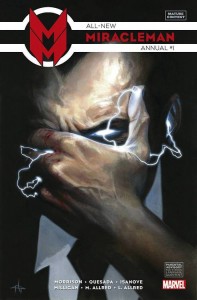
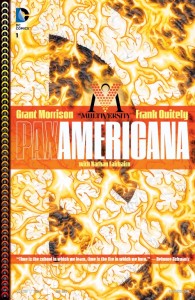
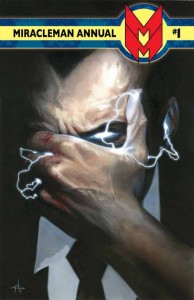

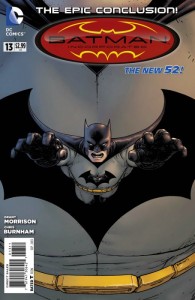

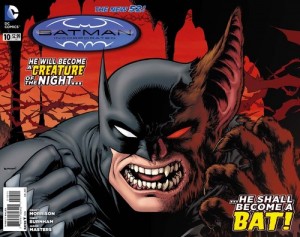
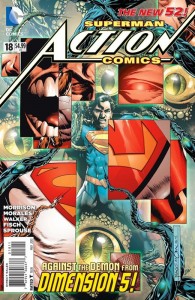
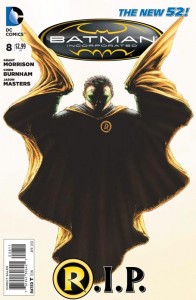
 Podcast RSS Feed
Podcast RSS Feed iTunes
iTunes Google Play
Google Play Stitcher
Stitcher TuneIn Radio
TuneIn Radio Android
Android Miro Media Player
Miro Media Player Comics Podcast Network
Comics Podcast Network